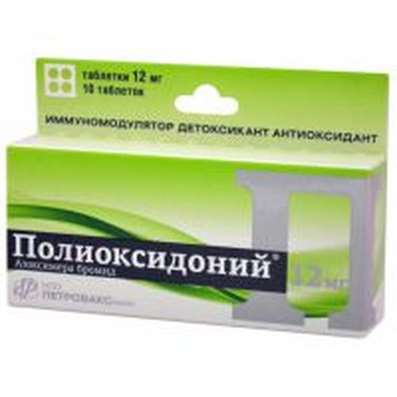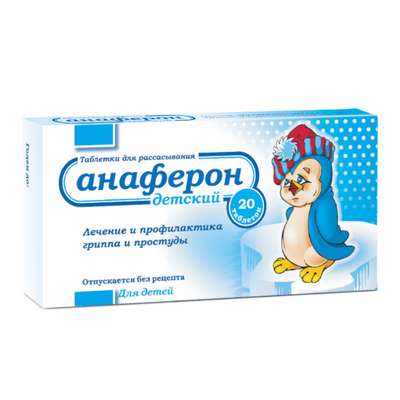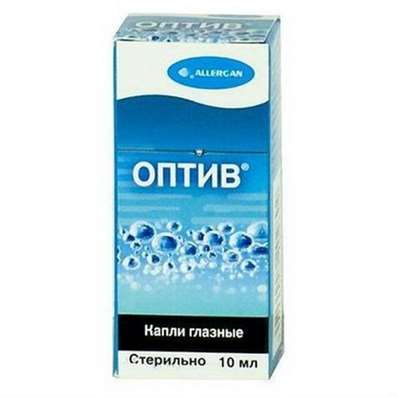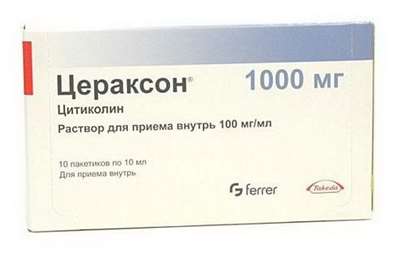Instruction for use: Loratadine-Akrichin
I want this, give me price
Dosage form: Tablets; syrup
Active substance: Loratadinum
ATX
R06AX13 Loratadine
Pharmacological groups:
H1-antihistamines
Composition and release form
Tablets - 1 table.
Loratadine 10 mg
Auxiliary substances: milk sugar; MCC; Calcium stearate, sodium starch glycolate
In a contour blister packing of 7 or 10 pcs .; In the box 1 package (7 pcs.), 1 or 3 packs (10 pieces).
Syrup 1 ml
Loratadine 1 mg
Auxiliary substances: sugar; Propylene glycol; Benzoic acid; Citric acid; Ethyl alcohol 95%; Tropeolin O; Food flavors; purified water
In bottles of 100 ml; In a pack of cardboard 1 bottle.
Description of dosage form
Tablets: white or almost white, flat-cylindrical, with a bevel.
Syrup: from light yellow to yellow transparent liquid with a faint fruity smell.
Pharmachologic effect
Mode of action - antiallergic, antipruritic, antiexudative.
Pharmacodynamics
H1-antihistamine preparation, which does not possess central and anticholinergic action.
The effect of the drug begins to develop 30 minutes after admission and lasts for 24 hours.
Long-term use of the drug does not cause the development of resistance to its effect.
Loratadine and its metabolites do not penetrate the BBB.
Pharmacokinetics
Suction. When administered orally at the recommended therapeutic dose, loratadine is rapidly and completely absorbed from the digestive tract. Determined concentrations of loratadine appear in the blood plasma as early as 15 min after administration. The time to achieve Cmax loratadine in plasma is 1.3-2.5 h, and the time to achieve Cmax of its active metabolite is 2.5 h. Simultaneous intake of food and loratadine slows the achievement of Cmax loratadine and its active metabolite in plasma for 1 h, but Cmax Of these substances in plasma remains unchanged and no clinical manifestations of the interaction of loratadine with food are noted. In the elderly, the time to reach Cmax increases to 1.5 hours, and with alcoholic liver damage it increases with increasing severity of the disease. The content of loratadine and its active metabolite in blood plasma reaches a steady-state level in most patients on the fifth day of admission. The connection with plasma proteins is 97%.
Metabolism. Loratadine is metabolized in the liver with the formation of an active metabolite of descarbotoxyloratadine mainly under the influence of the cytochrome P450 isoenzyme CYP3A4 and, to a lesser extent, by the cytochrome P450 isoenzyme CYP2D6. In the presence of ketoconazole, which is an inhibitor of CYP3A4, loratadine is converted to descarbotoxyloratadine mainly under the influence of CYP2D6.
Excretion. Loratadine is excreted by the kidneys and with bile. The average T1 / 2 loratadine is 8.4 h (range from 3 to 20 h), and for the active metabolite - 28 h (range from 8.8 to 92 h). In elderly patients, T1 / 2 loratadine increases to 18.2 hours (range from 6.7 to 37 hours), and descarbon ethoxyloratadine up to 17.5 hours (range 11 to 38 hours). With alcoholic liver damage, T1 / 2 increases with increasing severity of the disease. In patients with chronic renal failure and hemodialysis, the pharmacokinetics practically does not change.
Indications of the Loratadine-Akrichin
Seasonal and all-the-year-round rhinitis (including pollinosis), allergic conjunctivitis, urticaria (including chronic idiopathic), Quincke's edema, pseudoallergic reactions caused by the release of histamine; Itching dermatoses; An allergic reaction to insect bites.
Contraindications
Hypersensitivity to any of the components of the drug, pregnancy, lactation.
With caution: hepatic insufficiency.
Application in pregnancy and breastfeeding
In pregnancy, you should refrain from taking Klarotadin®. For the duration of treatment, breastfeeding should be stopped.
Side effects
From the side of the nervous system: anxiety, agitation (in children), asthenia, drowsiness, hyperkinesia, paresthesia, tremor, amnesia, depression.
From the skin and subcutaneous fat: dermatitis.
From the genitourinary and urinary system: a change in the color of urine, painful urge to urinate, dysmenorrhea, menorrhagia, vaginitis.
From the side of metabolism: weight gain, sweating, thirst.
From the musculoskeletal system: spasms of the calf muscles, arthralgia, myalgia.
On the part of the digestive system: a change in taste, anorexia, constipation or diarrhea, dyspepsia, gastritis, flatulence, increased appetite, stomatitis.
From the respiratory system: cough, bronchospasm, dry nasal mucosa, sinusitis.
On the part of the sense organs: visual impairment, conjunctivitis, pain in the eyes and ears.
From the cardiovascular system: a decrease or increase in blood pressure, palpitations.
Allergic reactions: angioedema, hives, itching, photosensitivity.
Other: back pain, chest pain, fever, chills, pain in the mammary glands, blepharospasm, dysphonia.
Interaction
When using loratadine in therapeutic doses, a potentiating effect on alcohol was not detected.
The combined use of loratadine with erythromycin, cimetidine and ketoconazole increases the concentration of loratadine in the blood plasma, which has no clinical manifestation and does not affect the ECG data.
Inducers of microsomal oxidation (phenytoin, ethanol, barbiturates, zixorin, rifampicin, phenylbutazone, tricyclic antidepressants) reduce the effectiveness of the drug.
Dosing and Administration
Inside. Adults and children over 12 years of age - 10 mg (1 table or 2 measuring spoons of syrup) 1 time per day. The daily dose is 10 mg.
Children from 2 to 12 years with a body weight of less than 30 kg - 5 mg (1/2 table or 1 measuring spoon syrup) 1 time per day. The daily dose is 5 mg.
Children with a body weight of more than 30 kg - 10 mg (1 table or 2 measuring spoons of syrup) 1 time per day. The daily dose is 10 mg.
Overdose
When taking loratadine in doses significantly exceeding the recommended therapeutic dose of 10 mg (40-180 mg of loratadine), in adults, symptoms such as headache, drowsiness, and tachycardia can manifest. When using loratadine, children with a body weight of less than 30 kg in a dose exceeding 10 mg may experience extrapyramidal symptoms and increased heart rate.
Treatment: should consult a doctor, take measures to remove the drug from the digestive tract and reduce absorption (induction of vomiting, gastric lavage, intake of activated charcoal). If necessary, symptomatic therapy is performed. Loratadine is not excreted from the body during hemodialysis. There are no data on the excretion of loratadine in peritoneal dialysis.
special instructions
For patients suffering from impaired liver function or renal failure (glomerular filtration rate below 30 ml / min), the initial dose of Klarotadin® should be 10 mg (1 table or 2 measuring spoons) every other day.
It is not recommended for children under 2 years.
During the treatment period, it is necessary to refrain from engaging in potentially dangerous activities that require an increased concentration of attention and speed of psychomotor reactions.
Manufacturer
JSC "Khimfarmcombinat Akrihin", Russia.
Storage conditions of the drug Loratadine-Akrichin
In a dry place, at a temperature of no higher than 25 ° C.
Keep out of the reach of children.
Shelf life of the drug Loratadine-Akrichin
Tablets 0.01 g - 3 years.
Tablets 10 mg - 5 years.
Syrup 5 mg / 5 ml - 3 years.
Do not use after the expiry date printed on the package.

 Cart
Cart





